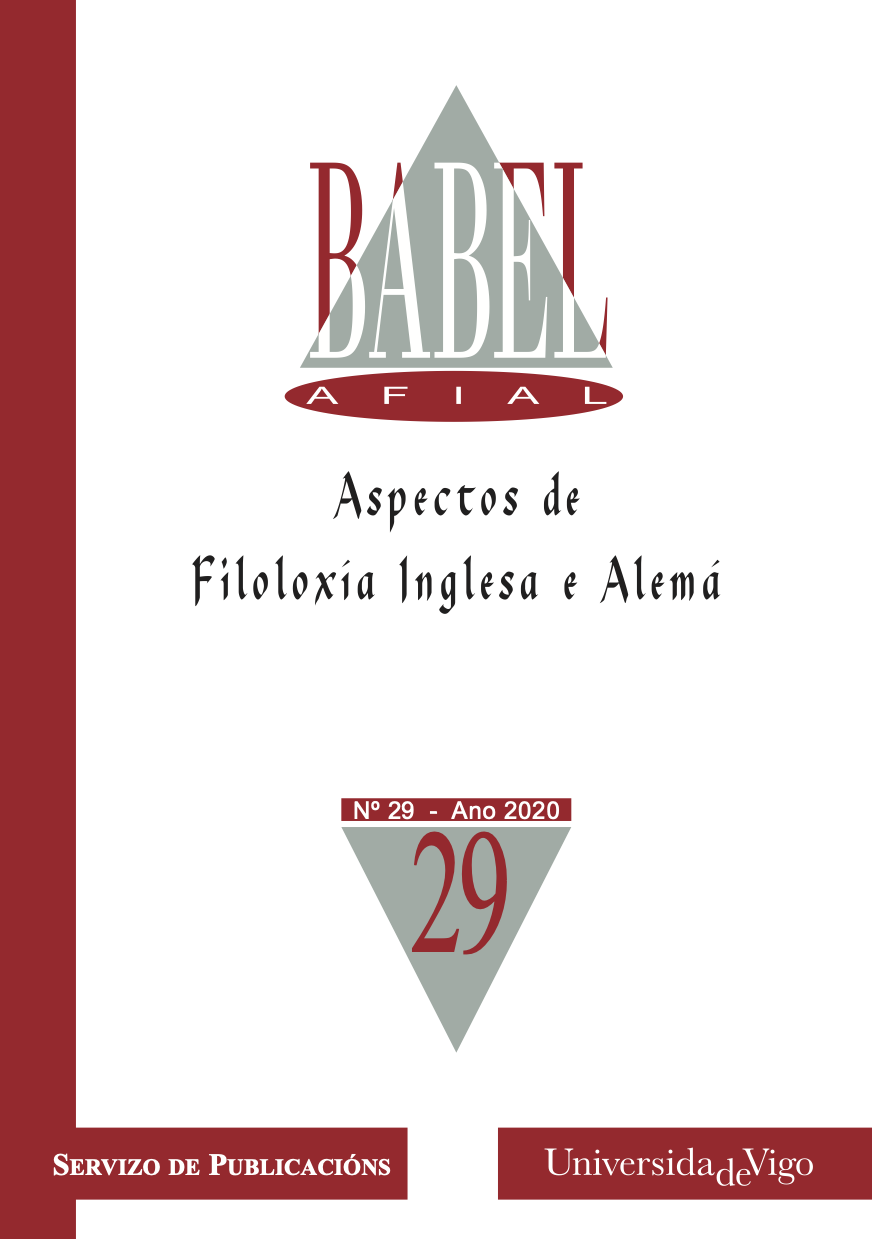Las Teorías sobre el Aprendizaje de Segundas Lenguas
DOI:
https://doi.org/10.35869/afial.v0i3-4-5.3406Abstract
In this work we reflect on the main theoretical models which have been formulated with the intention of explaining second language learning. We have chosen six approaches: the interlanguage theory, the linguistic theories (mainly the linguistic universals and Universal Grammar model, derived from the writings of Chomsky), the neurolinguistic or neurofunctional perspectives, the sociolinguistic and psychosocial approaches, the Monitor Model (elaborated by Krashen and very well-known by second/foreign language teachers), and finally the contributions made from cognitive psychology (that is to say, the two models proposed by Bialystok, McLaughlin's theory and the lntegrated Theory of lnstructional Second Language Learning formulated by Ellis). Given the great importance that this curricular content has got lately, we also give some comments on which ones of these principal theories could fit better on the educational reality of a kind of learning which is very complex and difficult to achieve appropriately. As it is shown here, we need a deeper and slower reflection than that which is currently done on the curricular level, and a reflection which, although has not an immediate direct application, we are convinced that will be the basis of an interesting work in the medium and long-term.



